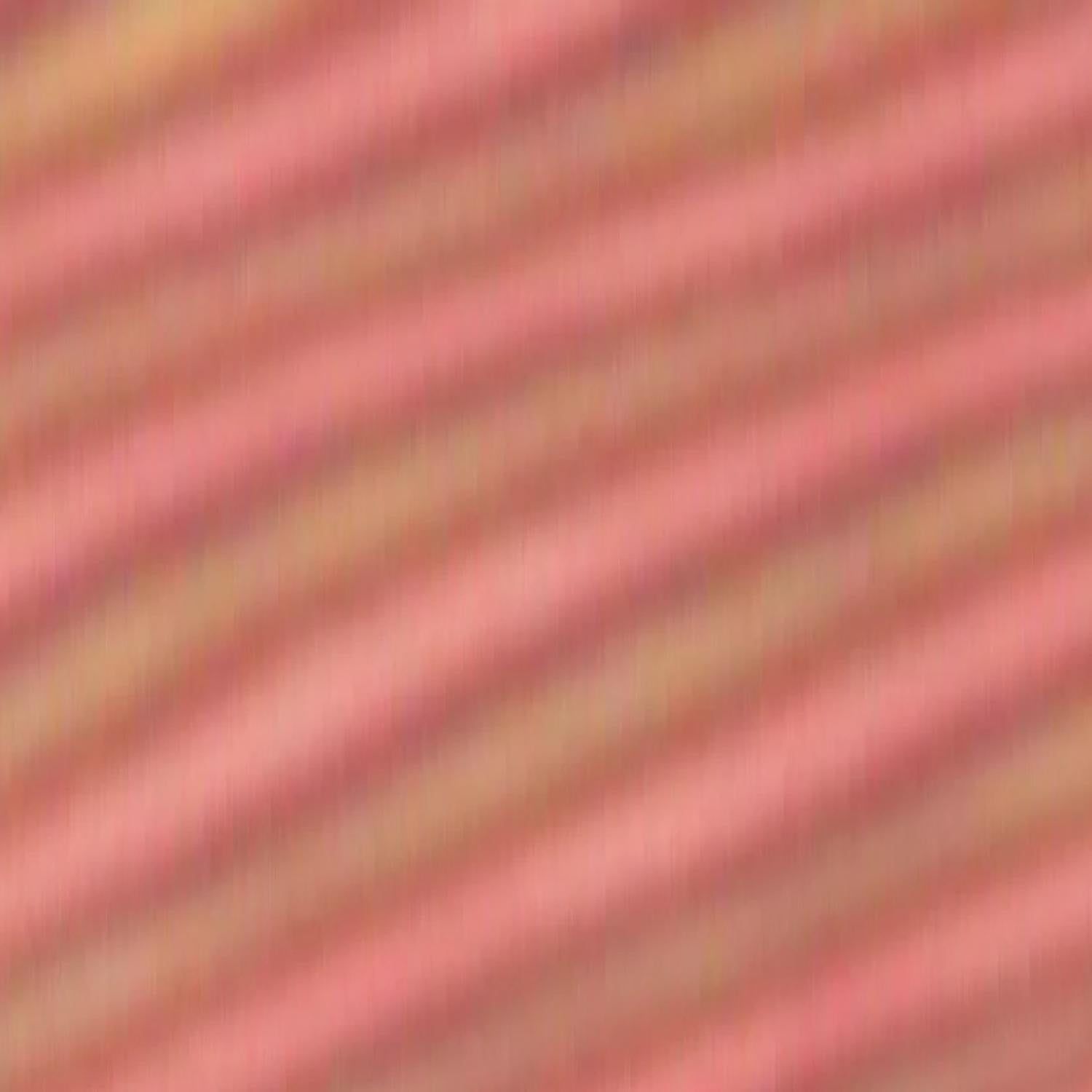✨ Physicists have created a time crystal visible to the naked eye
Published by Cédric,
Article author: Cédric DEPOND
Source: Nature Materials
Other Languages: FR, DE, ES, PT
Article author: Cédric DEPOND
Source: Nature Materials
Other Languages: FR, DE, ES, PT
Follow us on Google News (click on ☆)
This feat was achieved at the University of Colorado Boulder by Hanqing Zhao and Ivan Smalyukh. The two physicists developed a time crystal made from liquid crystals, similar to those in our screens. Their work, published in Nature Materials, marks a major breakthrough: this crystal can be observed under a microscope and, under certain conditions, with the naked eye.

A time crystal seen under a microscope.
Credit: Zhao et Smalyukh, 2025, Nature Materials;
image CC: https://creativecommons.org/licenses/by-nc-nd/4.0/
A theoretical idea becomes visible reality
In 2012, Nobel laureate Frank Wilczek imagined matter whose regularity would not be spatial, as in diamond or salt, but temporal. Particles would oscillate in infinite cycles. This hypothesis was initially considered absurd, as it seemed to contradict thermodynamic laws. However, several teams have since produced systems that approach this concept, particularly through quantum computing.
The originality of the experiment conducted in Boulder lies in the choice of an accessible material. Liquid crystals, already well-known for their dual nature between fluidity and rigidity, served as an ideal support. By exposing them to specific light, researchers observed the spontaneous emergence of dynamic structures. Unlike complex quantum approaches, this method does not require advanced equipment.
Direct visibility constitutes an unprecedented advance. The observed patterns unfold like moving colored bands, reminiscent of kinetic art. This accessibility opens the door to practical applications previously unimaginable.
A computer simulation reveals the internal workings of a time crystal. A light beam (blue arrow) modifies the orientation of dye molecules (red rods), triggering the movement of liquid crystals located below.
Credit: Smalyukh Lab
Credit: Smalyukh Lab
When light triggers matter's dance
To obtain these time crystals, Hanqing Zhao and Ivan Smalyukh enclosed liquid crystals between two glass plates coated with light-sensitive dyes. The samples remained stable as long as no light was applied. Once illuminated, the dyes changed their orientation and compressed neighboring molecules.
This constraint generated internal "twists," comparable to knots difficult to eliminate. These structures behave as autonomous entities, interacting with each other in repetitive cycles. Researchers compare them to dancers evolving in pairs, separating and reuniting in loops.
The observed stability is surprising. Even when subjected to temperature variations, the crystals continued their regular movements. The robustness of these temporal patterns demonstrates that the phenomenon does not depend on extreme conditions but relies on mechanisms intrinsic to matter.